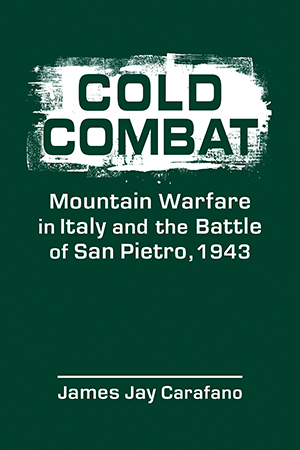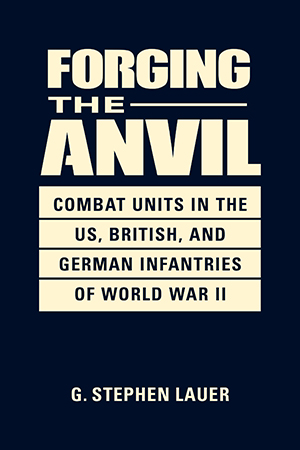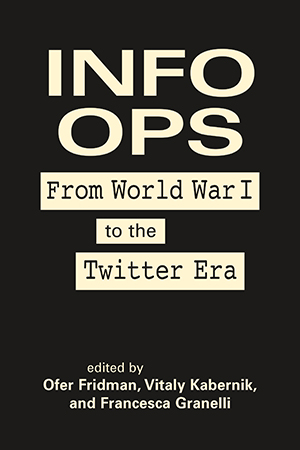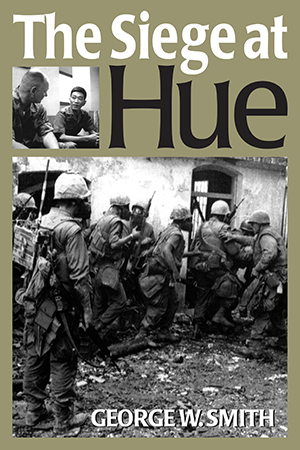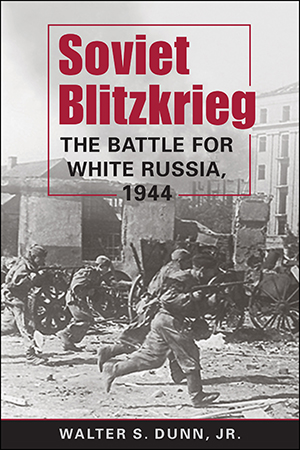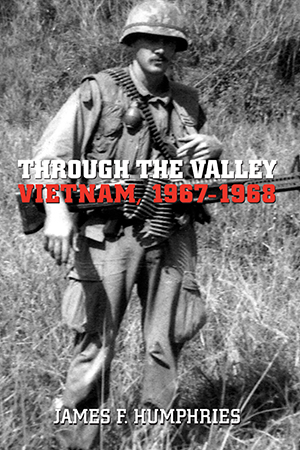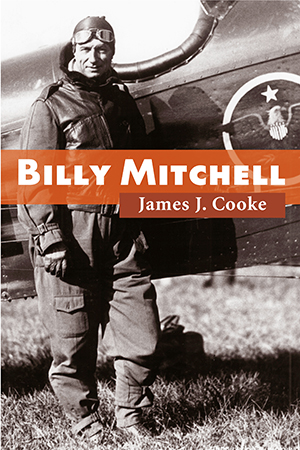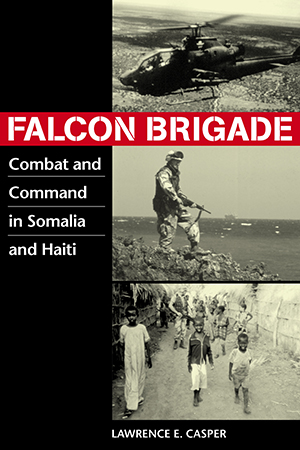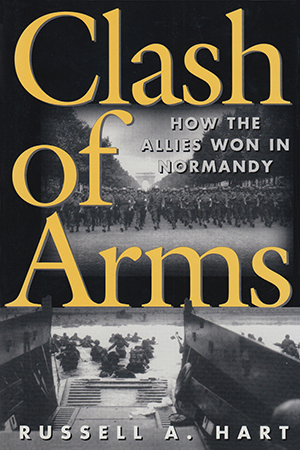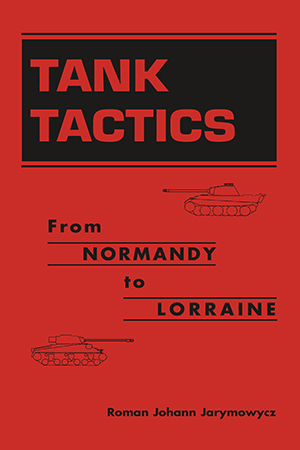Military History
Italy. December 1943. Allied troops from some twelve nations are amassed at the foot of the Apennine Mountains in a narrow corridor that they would recall as "Death Valley." Soon More >
Sandia National Laboratories is one of the primary providers of the science, technology, and engineering capabilities needed to ensure both US and global security. Its mandate has moved far More >
The US Navy is the most formidable naval force in the world—yet, it seems ill-suited to face today's challenges, especially the rise of China's maritime power. What explains More >
"Avoid cities or die within" has been the prevailing attitude in the military when it comes to waging war in urban areas. So why do armies continue to fight there? What tactical More >
It has long been accepted wisdom that Germany's infantrymen possessed superior tactical ability relative to their Anglo-American adversaries in World War II. Now, drawing on newly More >
Since antiquity, information has been used in conflict—to deceive, to demoralize, to sow fear among enemy troops. Not until the twentieth century, though, did information operations More >
In 1942, US and Australian forces waged a brutal war against the Japanese in the jungles of Papua New Guinea. Plunged into a primitive, hostile world in which their modes of battle seemed More >
Charged with monitoring the huge civilian press corps that descended on Hue during the Vietnam War’s Tet offensive, US Army Captain George W. Smith witnessed firsthand a vicious More >
Walter Dunn's book narrates the details of a battle on the Eastern Front that was perhaps the largest of all time and certainly one of the most significant of World War II. Nearly three More >
The fierce close combat in the remote areas of South Vietnam’s northern provinces in 1967-1968—the battles of Hiep Duc, March 11, Nhi Ha, and Hill 406—has been a strangely More >
This compelling chronicle of a controversial figure—a man who could be charming, fanatical, arrogant, and confrontational—places Billy Mitchell in the context of the great More >
Col. Lawrence E. Casper (U.S. Army-Ret.) narrates the first documented account by a military officer of the harrowing US operations in Somalia and Haiti. As commander of the Falcon Brigade, More >
Following World War II, Robert S. Beightler was one of only two US National Guard generals to be commissioned in the regular Army. Ohl's revealing study traces Beightler's military More >
A Choice Outstanding Book! Clash of Arms examines how the Western Allies learned—on the battlefield—to defeat the Nazi war machine. Beginning with an investigation of the More >
Winner of the 2001 AHF Distinguished Writing Award, Twentieth Century U.S. Army History An operational critique of the art of war as practiced by U.S. and Canadian tank commanders in More >



